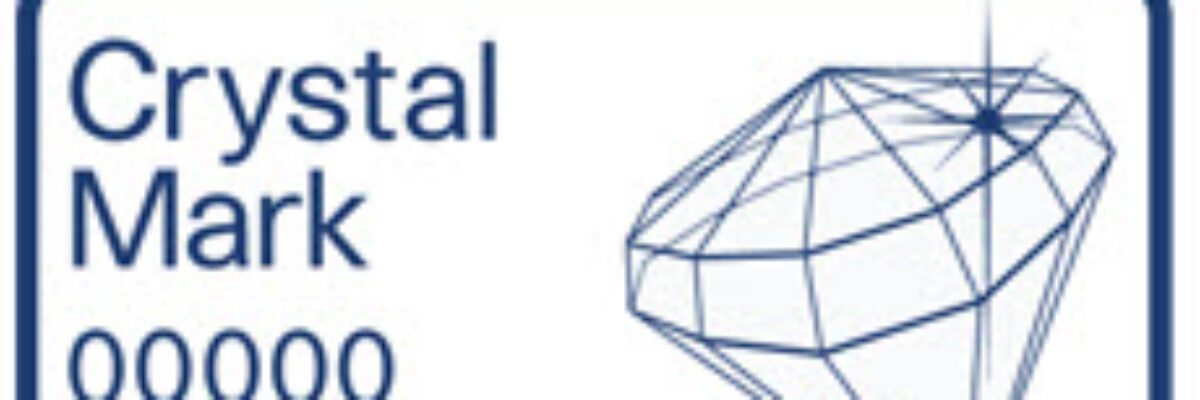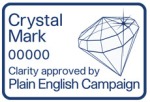I can make a window to discuss your parallel logistical innovation.
Sound familiar? Didn’t some evaluation colleague say this at the conference this past year? Did *I* say this at the conference last year?
Nope. It is a randomly generated bit of gobbledygook from the Plain English Campaign. But it sure sounds like some evaluation-speak, doesn’t it? Maybe we aren’t quite as bad as this, but we sure do bolster ourselves with big words and things like this bit here:
You really can’t fail with knowledge-based organisational paradigm shifts.
It’s so close to home it cracks me up.
I found the Plain English Campaign via Sandra Fisher Martin’s TEDx talk on the Right to Understand. In her talk, Sandra illustrates how even the highest-educated citizens cannot decipher complex, jargon-laded documents from courts, legislators, and doctors. She argues that we have a right to understand the documents that impact our daily lives. Oh, evaluators, do you hear the call? We are the guilty.
She says these are the three things we should do when we are in the position of creating documents for public communication (as all evaluators are):
First, start with what information is most important. People aren’t going to read three pages to get to the point. In our world, that means we cut to the chase instead of burying findings on page 50, after we have so carefully explained our methods and limitations.
Second, use short sentences.
Third, use simple words. Write for Grandma in an unpatronizing way. I sit on the IRB at Western Michigan University and we require that consent forms are written at a 6th grade reading level, but depending on the study being explained it sometimes needs to be even simpler. Our evaluation reports should be held to the same level. It isn’t about looking smart to the CEO. It’s about getting evaluation used.
Here’s how to find out the grade level of your reports. In Office 2010, Click on Review>Language>Language Preferences>Proofing and click the check box by Show readability statistics.
Then run spellcheck to get the reading grade level. This blog post is at a 7th grade reading level – a little high.
Back to Sandra’s talk. She also points to the Plan English Campaign’s Crystal Mark, shown here:
For a fee, organizations can apply to the Plain English Campaign to have their document clarity approved, allowing them to affix the Crystal Mark on reproductions. While we may not all be able to afford their seal of approval, we can still heed their advice about the standards, which include:
- the use of ‘everyday’ English;
- consistent and correct use of punctuation and grammar;
- an average sentence length of 15 to 20 words;
- plenty of ‘active’ rather than ‘passive’ verbs;
- explanations of technical terms;
- good use of lists;
- words like ‘we’ and ‘you’ instead of ‘the Society’ or ‘the applicant’;
- clear, helpful headings, which stand out from the text; and
- a good typesize and a clear typeface.
I do not foresee the same oversight (even if voluntary) for the field of evaluation, but we can internally hold ourselves accountable for communicating in Plain English (or Spanish or whatever you prefer). We can strive to speak with the acknowledgement that our audiences have a right to understand.



